Affine 10
Songbirds /
back to Volery
Articles on songbirds (not in any particular order - most recently discovered first)
Pesticides disrupt songbird migration - Wildlife Preservation Canada (2017)
”A team of Canadian scientists have linked harmful insecticides with migratory impairment in the white-crowned sparrow.”
Why you can thank geology for your morning songbird chorus - Dr Hanneke Meijer, The Guardian (2016)
“Today, songbirds are the most successful group of birds on the planet. With more than 5000 species worldwide, they form half of the world’s known bird species, and have colonised almost all corners of the world (with the exception of Antarctica).”
Borne on the Wing: Avian Influenza Risk in U.S. Wild Songbirds Mapped - Phys.org (2010)
“Scientists have discovered that 22 species of passerines--songbirds and perching birds--in the contiguous U.S. are carriers of low-pathogenicity avian influenza.”
Whatsapp /
back to Volery
Colonised Fauna /
back to Volery
Alfred and Tsering's initial conversation originated from a shared observation about exotic fauna in Western European art, and whether these depictions of birds and animals had been utilised to enhance position and status. Ostensibly, patrons could exploit art to show off their connections to the colonies by the insertion a tropical bird or animal. These commissioned works of art lavishly display the real or fanciful creatures that were taken from the colonies (invariably without showing the colonised*) as tamed playthings or worse, food. By making the people of the colonised country invisible and implying possession of the fauna, thus signifying the land, was this a way of declaring ownership? To show that the colonisers had brought the "wild" to heel?
*While certainly there are many exceptions, it is important to note, that people of colour in Western European art were often depicted either as strange and outlandish or those in servitude, mostly unnamed, while various notable non white historical figures have been (and continue to be) portrayed as white. However, there is a rich history of people of colour in Western European art that is often ignored and the issue of how these works are (or not) displayed is frequently problematic.
Migration /
back to Volery
Thousands of Cranes Take Flight in One of Earth's Last Great Migrations - National Geographic
Articles on bird migration (not in any particular order - most recently read first)
Ancestors of chickens studied for conservation - Economic times (2008)
KOLKATA: The ancestors of domestic chickens and poultry are being conserved and studied by scientists in case the domestic birds are eradicated by outbreak of diseases like bird flu.
Sunny steppes? A tiny parrot fossil suggests Siberia was once subtropical - Nicola Davis, The Guardian (2016)
”The identification of a bone fragment from around 17 million years ago offers clues to both parrot evolution and a very different Siberian ecosystem”
Pesticides disrupt songbird migration - Wildlife Preservation Canada (2017)
”A team of Canadian scientists have linked harmful insecticides with migratory impairment in the white-crowned sparrow.”
How did the chicken, a shy, flight-impaired forest bird, migrate around the globe? - Hanneke Meijer, The Guardian (2016)
"Chickens are native to the tropical jungles of Southeast Asia, but over the last approximately 8,000 years, chickens have been domesticated and spread around the globe to become one of the most valued domesticated animals."
Songbirds' epic migrations connected to a small cluster of genes - Phys.org (2016)
“Scientists from the University of British Columbia have shown that there is a genetic basis to the migratory routes flown by songbirds, and have narrowed in on a relatively small cluster of genes that may govern the behaviour.”
Flight Insurance: What Is Being Done to Protect Migratory Birds? - Scientific American (2011)
“Chief among environmental threats to migratory birds is habitat destruction. Human development of wetlands areas leaves many birds without suitable habitat for stopovers and even wintering sites.”
Bird Migration Routes and Risk for Pathogen Dispersion into Western Mediterranean Wetlands - Elsa Jourdain, Michel Gauthier-Clerc, Dominique Bicout, and Philippe Sabatier (2007)
"...data about avian movements might be used to improve disease surveillance schemes or to adapt preventive measures. However, solid bridges between ecology and human medicine are still lacking."
Cockatoo /
back to Volery
Articles on cockatoos (not in any particular order - most recently discovered first)
Cockatoo perched in Renaissance painting forces rethink of history - Oliver Milman, The Guardian (2014)
”Discovery of an animal more closely associated with Sydney than Venice is leading to a revision of early trading networks.”
Images of cockatoo on 13th-century Vatican manuscript inspire trade route rethink - Kate Lyons, The Guardian (2013)
"Holy Emperor’s falconry guide shows the oldest known European depiction of the bird."
Ortolan /
Food /
Birds /
back to Volery
Articles on birds (not in any particular order - most recently read first)
Small-Brained Birds More Likely to Get Shot - Christopher Intagliata, Scientific American (2016).
Urban Birds Boast Big Brains - Karen Hopkin, Scientific American (2011)
Wings /
back to Volery
Articles on wings (not in any particular order - most recently discovered first)
Why two tiny wings preserved in amber have palaeontologists in a flap - Dr Hanneke Meijer, The Guardian (2016)
”Nicknamed ‘Rose’ and ‘angel wing’, the two specimens show that even in the age of dinosaurs, wings already looked remarkably modern.”
Pathogenes /
back to Volery
Our considerations of airborne proliferation have to include the possibility of pathogens -which brings us to this, the pandemic stage of the project. During their time in lockdown - Alfred in Manila and Tsering in Barcelona - have been communicating more and more about things that are carried on the wing. Seeds, pollens, parasites, viruses.
Every day at the same time, Tsering walks her dog to the same nearby patch of grass in an otherwise closed park. During these walks she she has been recording the birds for approximately 40 seconds and sending it to Alfred - sometimes with a photograph to capture something about that minor outing. Now that the park is closed to people, it is abundant with birds and they are louder than ever. These recordings and photos will continue while Barcelona is still in lockdown.
The possibility that something like the Covid-19 pandemic happening has been researched and forewarned for some time, and, maybe not surprisingly, with a considerable focus on birds. These beautiful feathered creatures, whose song characterises our proximity to nature, have actually been under epidemiologists' scrutiny and concern for decades.
Articles on avian pathogens (not in any particular order - most recently discovered first)
Ancestors of chickens studied for conservation - Economic Times (2008)
“KOLKATA: The ancestors of domestic chickens and poultry are being conserved and studied by scientists in case the domestic birds are eradicated by outbreak of diseases like bird flu.”
Tick-infested songbirds help spread Lyme disease - Prairie Research Institure Illinois (2017)
"Researchers studied songbirds and their foraging habitats to determine which environmental factors affect bird-tick encounters and the dispersal of ticks in Illinois. Birds are known to move ticks long distances and play a role in spreading the black-legged tick (Ixodes scapularis), a primary vector of Lyme disease."
Bird Migration Routes and Risk for Pathogen Dispersion into Western Mediterranean Wetlands - Elsa Jourdain, Michel Gauthier-Clerc, Dominique Bicout, and Philippe Sabatier (2007)
"...data about avian movements might be used to improve disease surveillance schemes or to adapt preventive measures. However, solid bridges between ecology and human medicine are still lacking."
New host species for avian influenza identified - Phys.org (2007)
“An eight-year surveillance study, which included more than 36,000 wild migratory birds tested for low pathogenic avian influenza, details new data on host species, prevalence, and temporal and geographical variation of avian influenza in wild migratory birds in Europe.”
How Has Human Sprawl Affected Bird Migration—And the Spread of Avian Diseases? - Scientific American (2010)
“As humans populate formerly wild regions, they increasingly intersect bird migration patterns. Will greater human and domesticate animal proximity to wild avian life escalate incidents of disease transmission? “
Borne on the Wing: Avian Influenza Risk in U.S. Wild Songbirds Mapped - Phys.org (2010)
“Scientists have discovered that 22 species of passerines--songbirds and perching birds--in the contiguous U.S. are carriers of low-pathogenicity avian influenza.”
Quarantine Birdsong Recordings /
back to Volery
During lockdown, every day at around the same time, Tsering walked her dog to the same nearby patch of grass in an otherwise closed park. During these walks, she made recordings of the birds in the park (and other ambient sounds her phone picked up) for approximately 40 seconds and sent them to Alfred - sometimes with a photograph to capture something about that minor outing. While the park was closed to people, it was abundant with birds and they were louder than ever. These recordings and photos were taken between March 29th and June 19th 2020, while Barcelona is still in lockdown.
Recordings start with the most recent first, scroll to the bottom to start at the beginning with very first recording.
Between June 11th to June 27th, Tsering’s recordings were more sporadic. Some semblance of normality was returning to life and she wasn’t always able to go to the same patch of grass at around about the same time, sometimes she didn’t get to walk the dog at all.
The last recordings will be uploaded soon.
Quarantine Birdsong Recordings Day 52, no bird recording
It was my birthday, I had a drink on my terrace with with a friend in real life and a few others on video chat. I didn’t leave the flat, my kids walked the dog. No bird recording today.
Quarantine Birdsong Recordings Day 38, no recording.
We are now allowed out to exercise - once a day for an hour, no further than a 1 kilometre radius. I am coinciding walking my kids with walking my dog. Today I forgot my phone, which meant I couldn’t record the birds.
However, after the walk a bird came to visit us! It flew into the flat! Thankfully it didn’t get trapped and quickly flew out again. I just managed to snap this blurry photo before it did.
I started doing these recordings because I needed something to focus on, something to do when I was going for a walk. I had noticed how loud the birds had become when I was walking my dog and Alfred and I had been talking about birds again, it seemed like both the ideal distraction and an interesting addition to the project.
Every day I walk my dog and at first I enjoyed being outside but in the second week of lockdown I started to find it difficult and troubling to be outside. During this time I would see a lot of ambulances and a lot of police. My walk takes me past the local medical centre, it’s hard to enjoy being outside when it is so confronting and dystopian.
Avian /
back to Volery
Various summaries of article and books on migrant birds
The Hypothalamus–Pituitary–Thyroid (HPT) Axis of Non-Mammalian Vertebrates - David O. Norris Ph.D. & James A. Carr Ph.D. (2013)
“Migratory birds possess active thyroid glands as compared to non-migrating or postmigrating individuals of the same species, suggesting some role in the migratory process.”
https://www.sciencedirect.com/topics/biochemistry-genetics-and-molecular-biology/migrant-bird
How did the chicken, a shy, flight-impaired forest bird, migrate around the globe? - Dr. Hanneke Meijer - The Guardian (2016)
https://www.theguardian.com/science/2016/aug/24/how-did-the-chicken-a-shy-forest-bird-migrate-around-the-globe-new-zealand
Bird Migration Routes and Risk for Pathogen Dispersion into Western Mediterranean Wetlands - Elsa Jourdain, Michel Gauthier-Clerc, Dominique Bicout, and Philippe Sabatier (2007)
https://www.ncbi.nlm.nih.gov/pmc/articles/PMC2725901/
Why you can thank geology for your morning songbird chorus - Dr. Hanneke Meijer - The Guardian (2016)
https://www.theguardian.com/science/2016/oct/19/geology-understand-evolution-spread-songbirds
Flight 2 - Alfred Marasigan /
back to Volery
“Flight 2” (2019) is a gesture for the friends I made in Tromsø Academy of Contemporary Art when I finally left for the Philippines upon graduating.
Feathers /
back to Volery
Articles on feathers (not in any particular order - most recently discovered first)
Gene discovery may reveal how scaly dinosaurs became feathery birds - Dr David Hone, The Guardian (2017)
”A study shows that tweaking the genes of alligators can produce feather-like structures – we could be on our way to understanding how birds became birds.”
Wild Time 3 /
back to Volery
Wild Time 3 - collaborative occurrence and livestream, 53 minutes (2019)
“Wild Time 3 is an entangling of myself with the nuances of kairos/Zeit/sandali where the historical canary in a coal mine acted as my guide. Wearing a gender-bent Tagalog formal dress with Cymbidium orchids in my hair, I wanted to perform an act of balancing feathers on charcoal branches to reinvoke the liminal space created by Serinus canaria domestica in early 20th century mines as part of Ulrike Mohr’s Wechselraum (2019) at 6-7AM in Meinblau Projektraum, Berlin. The element of respiratory danger, interspecies relationships, and momentary equilibrium present in such history and hopefully in Wild Time 1 reasserts the value of coexistence in space-time.”
Second Adolescence - Alfred Marasigan /
back to Volery
Created from a workshop with artist Matthias Härenstam, “Second Adolescence” (2018) is my interpretation of the word “wound.” I saw much of my trauma emanating from my repressed homosexuality during my teenage years and found my current flamboyant behavior a late release of such impulses.
Menagerie - Alfred Marasigan /
back to Volery
Menagerie is a project on the strangeness of displacement. Musikkpaviljongen is one of the oldest structures in Tromsø, Norway and I would like to think of it as a music box on the top of the world. I was inspired to create a sculpture that pays homage to the Tigmanaukan, a mystical creature from mostly Tagalog or Luzon myths in the Northern islands of the Philippines. In the beginning was nothingness and the Tigmanaukan, a giant cosmic bird that eventually got bored of the universe and pecked at the first bamboo tree. It split into two revealing the first man (Malakas or Strong) and woman (Maganda or Beautiful). A few 17th century naturalists have pointed to the Philippine fairy bluebird (Irena cyanogastra, a IUCN Red List endemic species) as the inspiration for this enduring creation story.
The feeling of being displaced from my country has helped me rediscover my culture. Today, my sculpture features the actual cries of the Philippine fairy bluebird emanating from a fictional device that mimics a strange quality of being alive. Be they geographic, mythic, artistic, or personal, our stories ultimately animate us.
2018 © All bird recordings were sourced from https://www.xeno-canto.org/species/Irenacyanogastra; bird footage from https://www.hbw.com/ibc/video/philippine-fairy-bluebirdirena-cyanogastra/male-foraging-berries.
Peacocks /
back to Volery



























































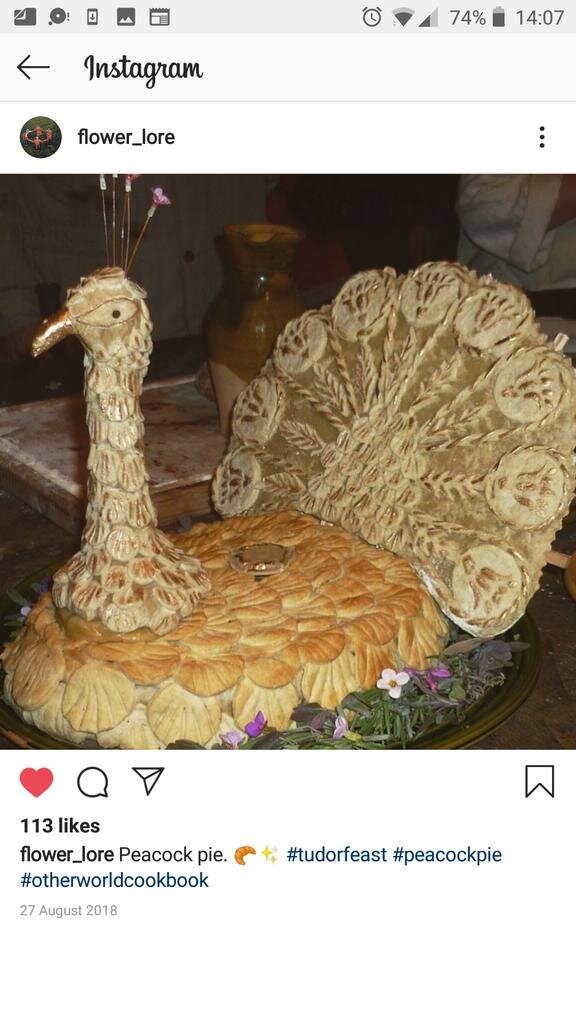
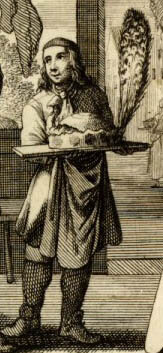
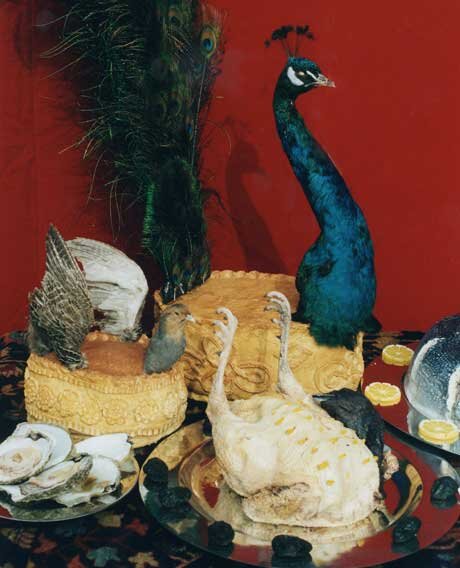
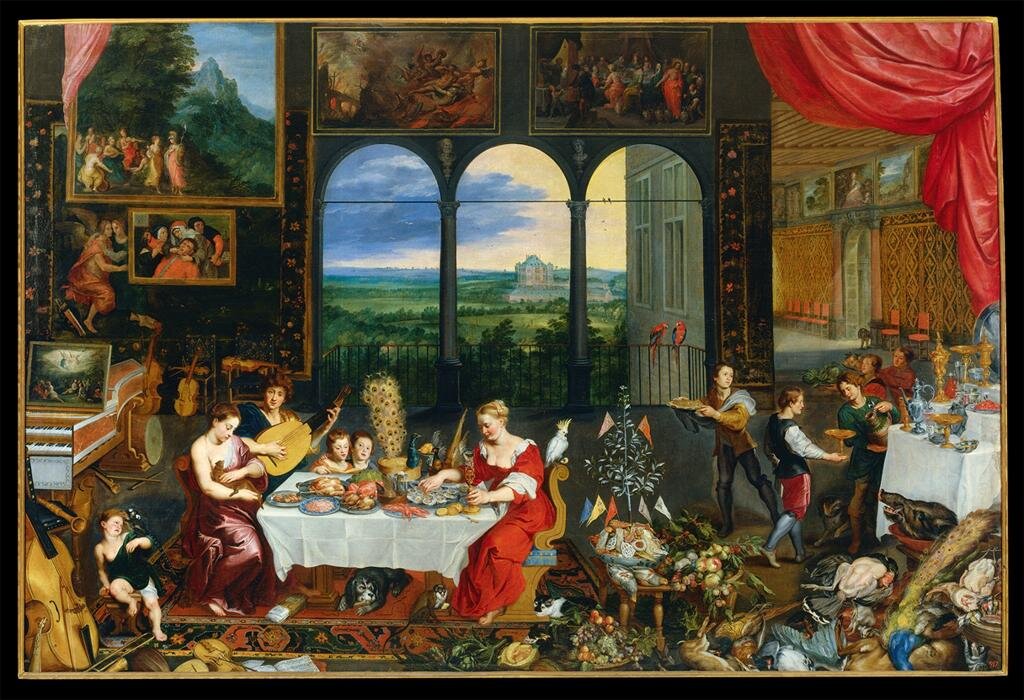
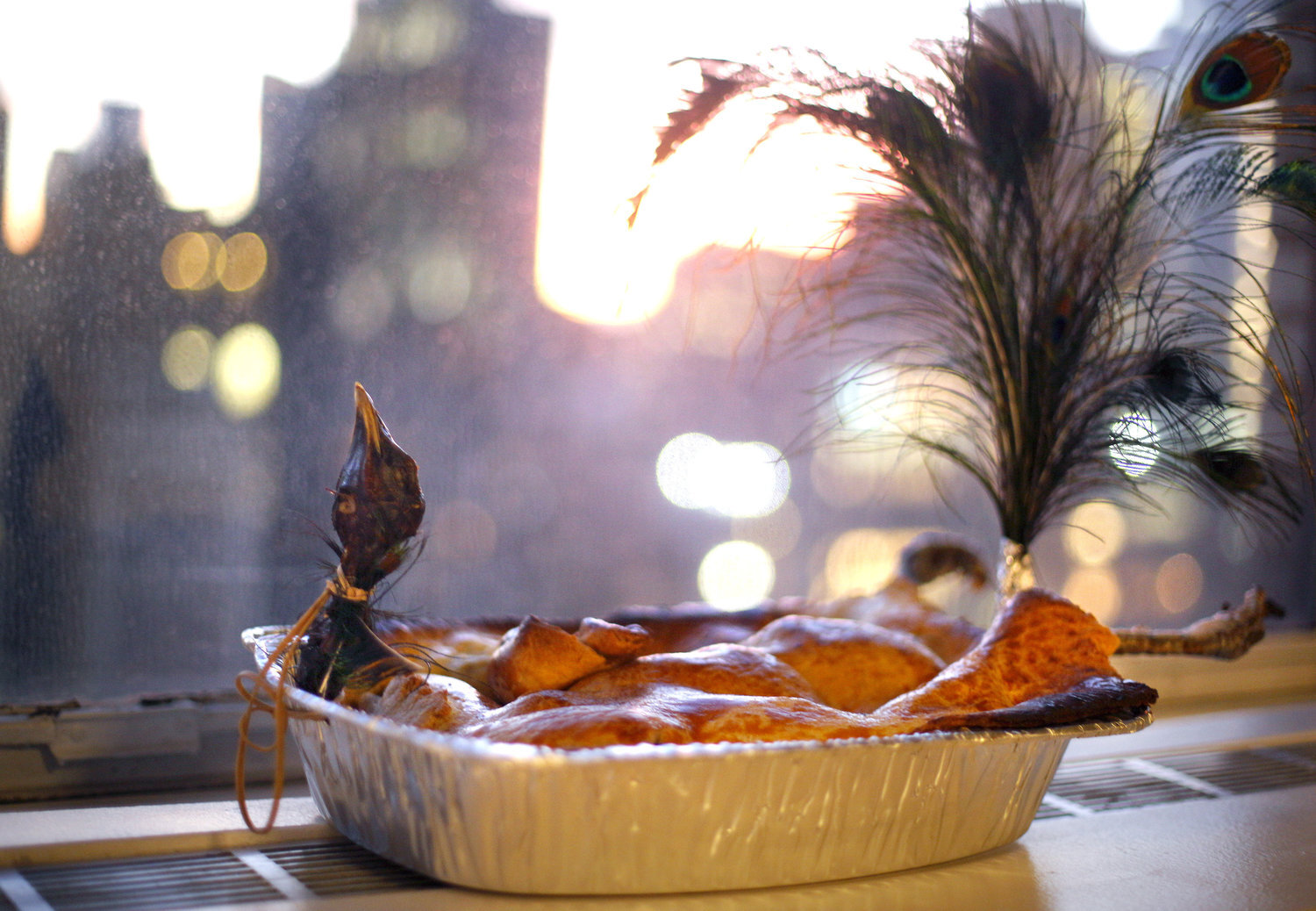
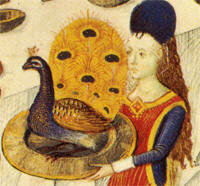
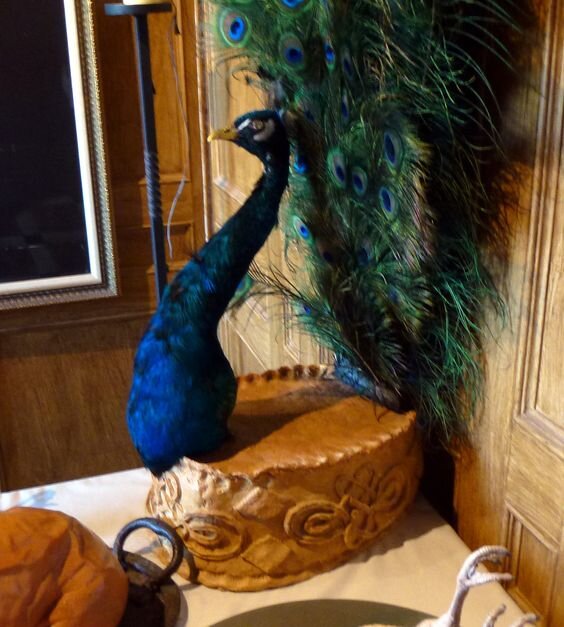
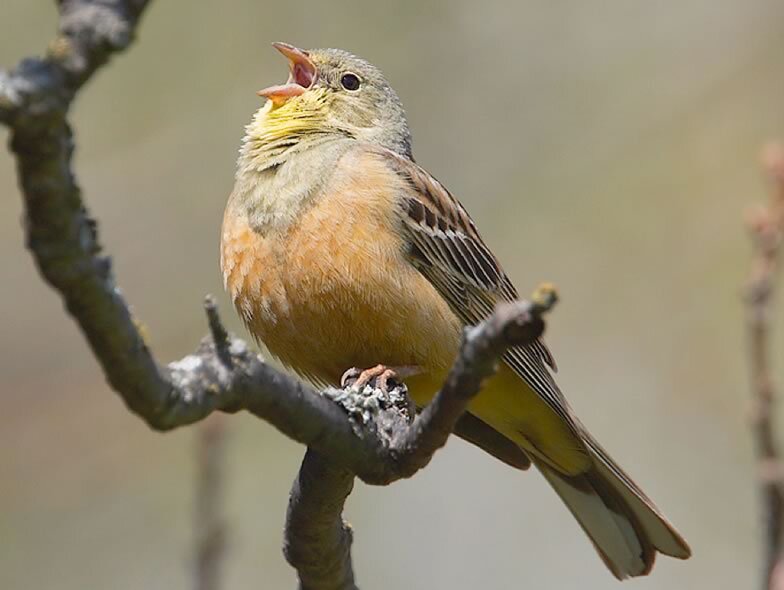

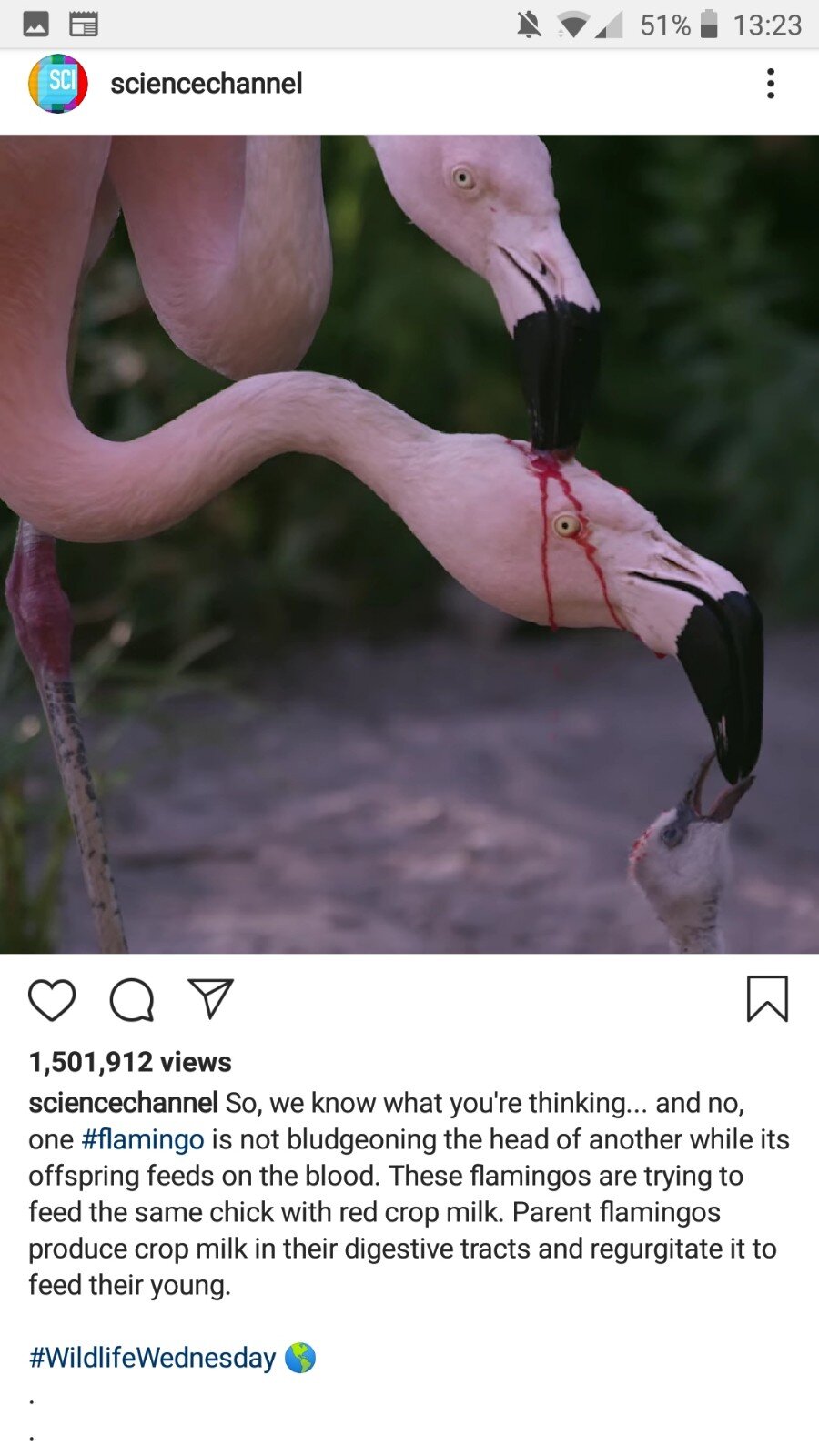
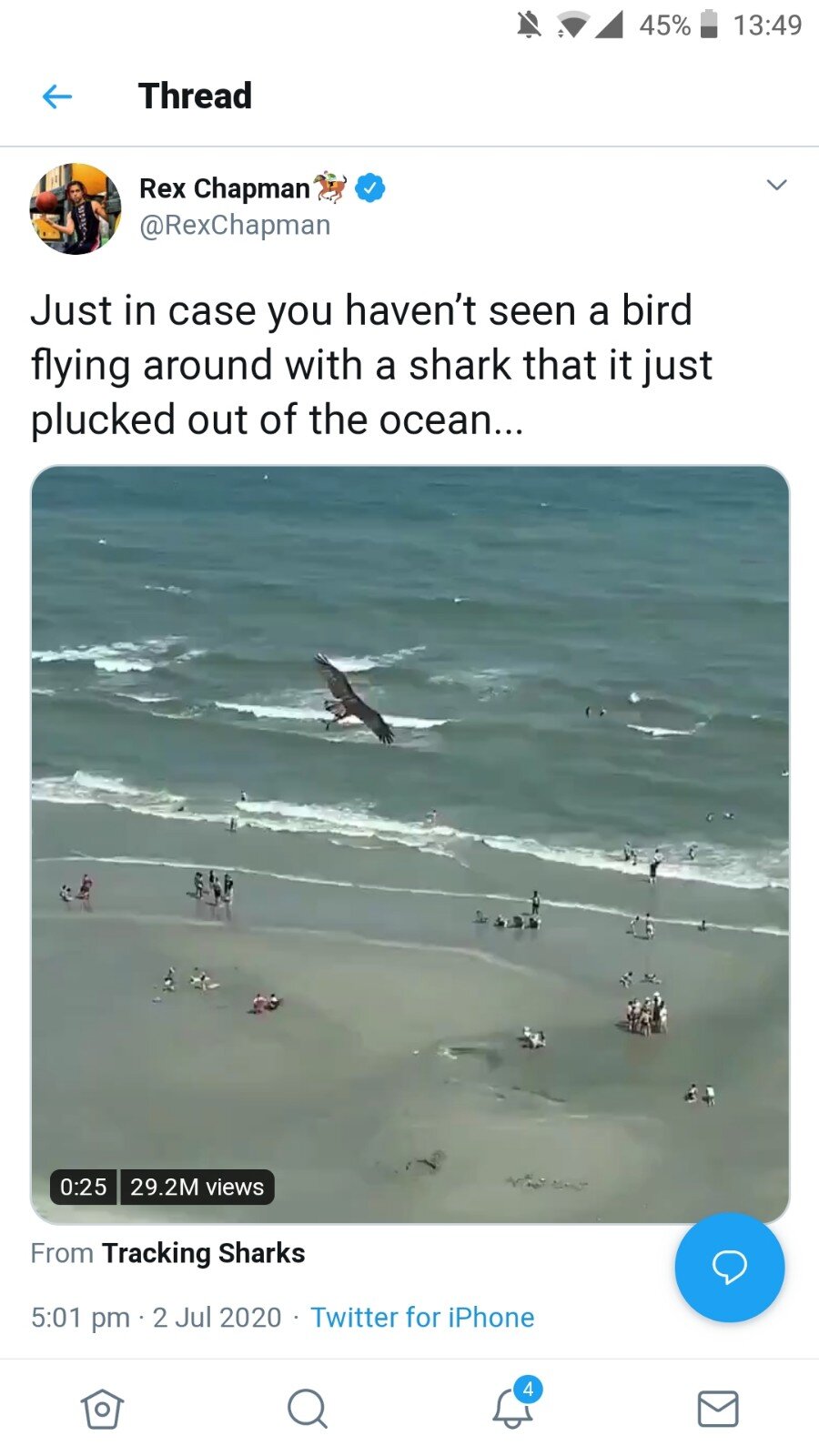































































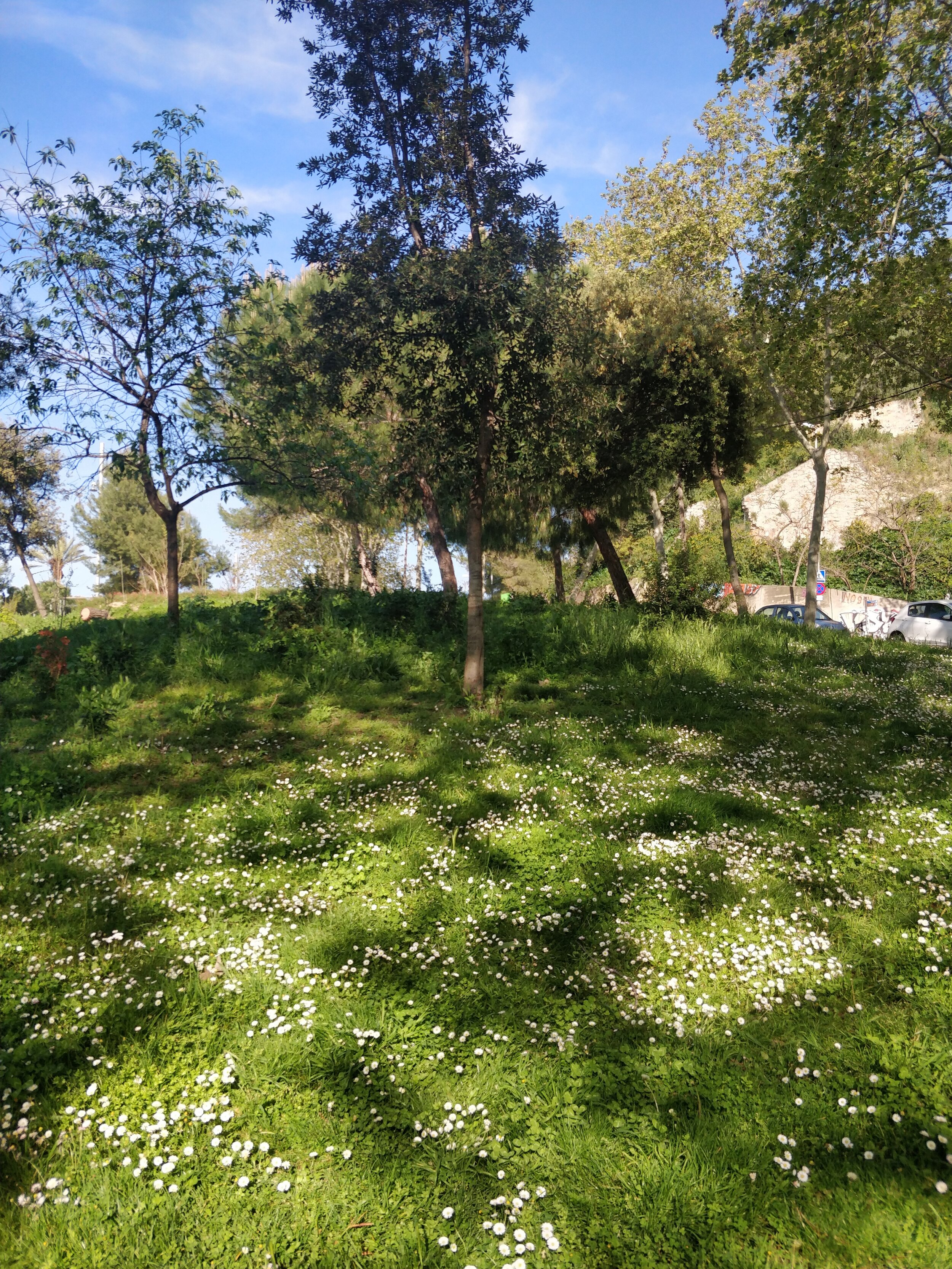

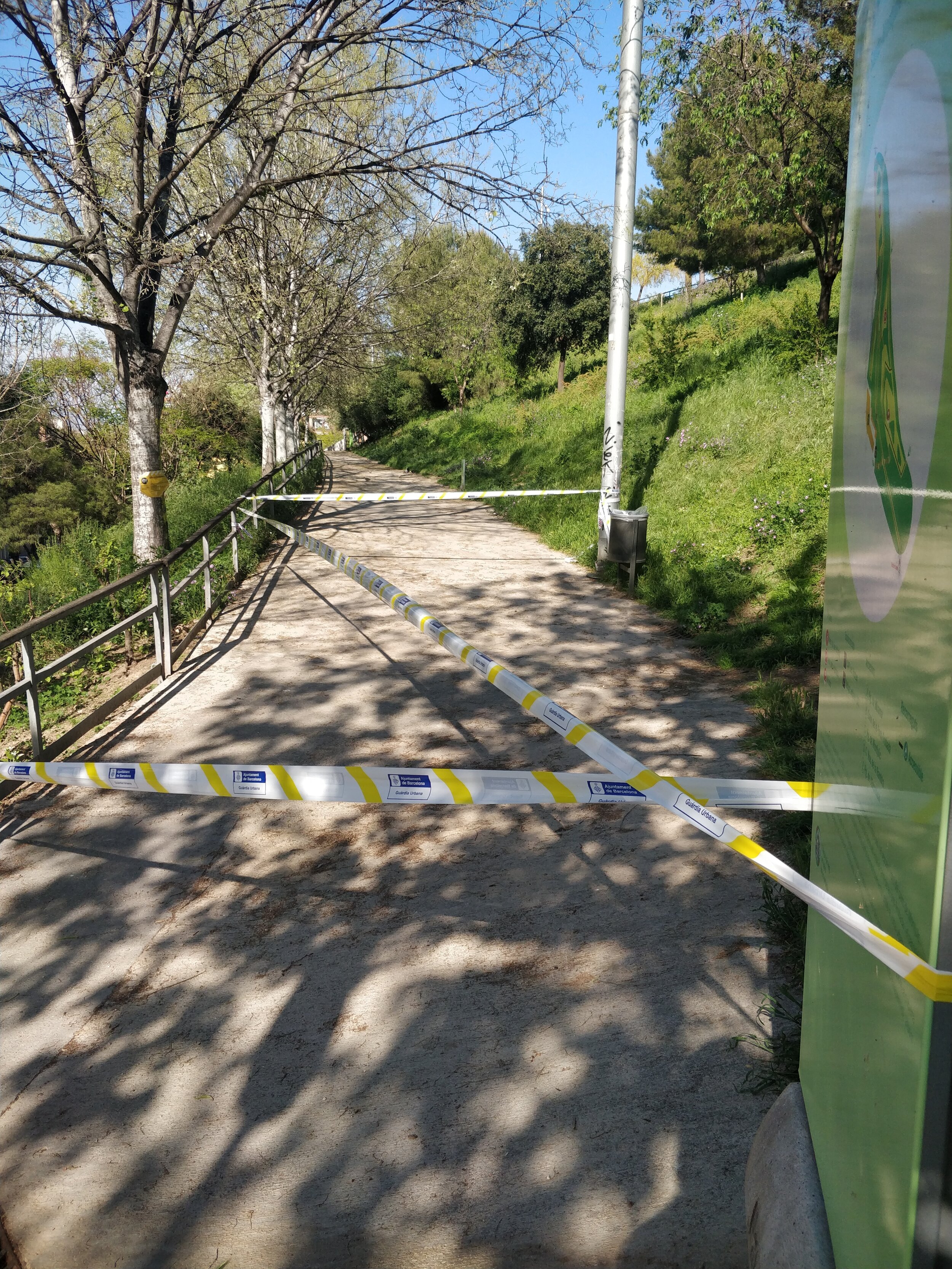




































































![Scanned from a Xerox Multifunction Printer[3220].jpg](https://images.squarespace-cdn.com/content/v1/57012a3486db4320c4423409/1586166027886-SH63GZELA543ZGL6VBAH/Scanned+from+a+Xerox+Multifunction+Printer%5B3220%5D.jpg)

























































































